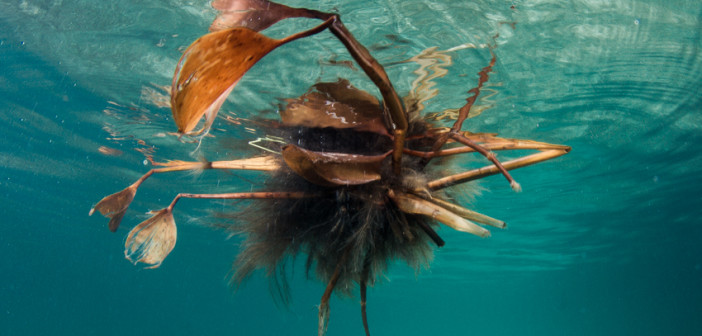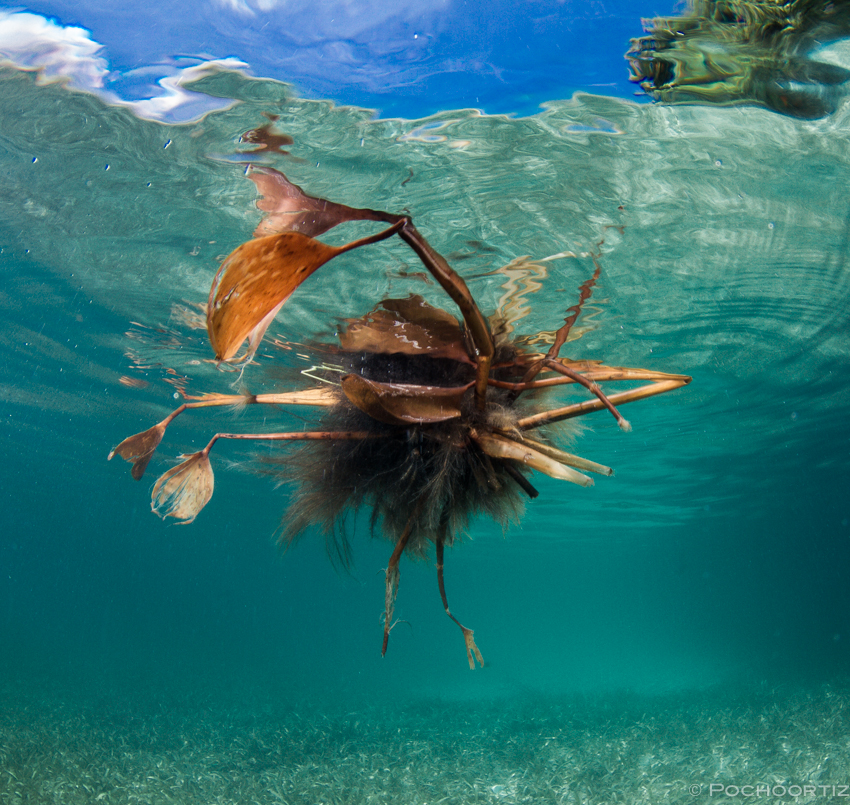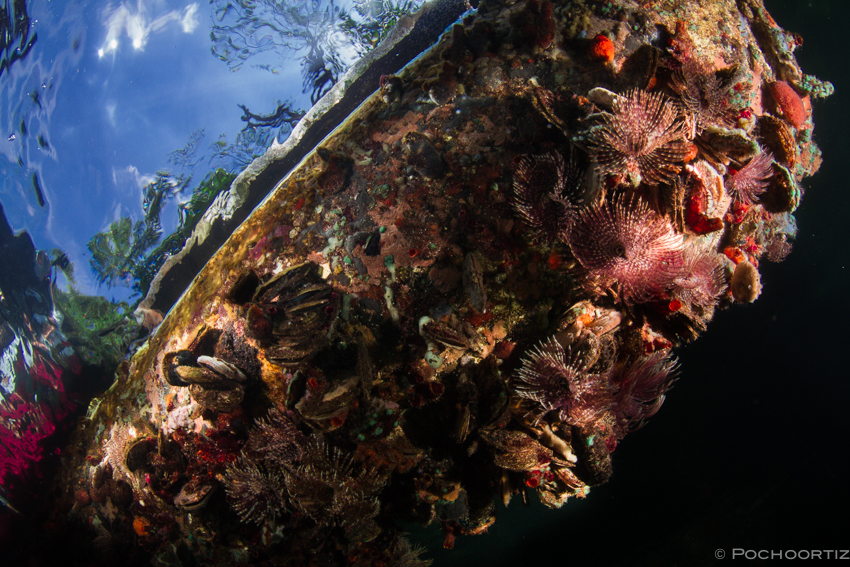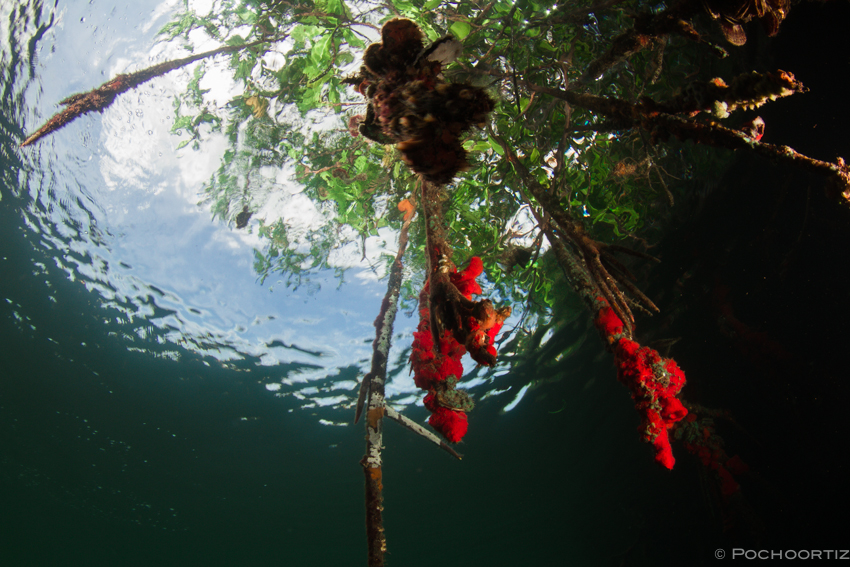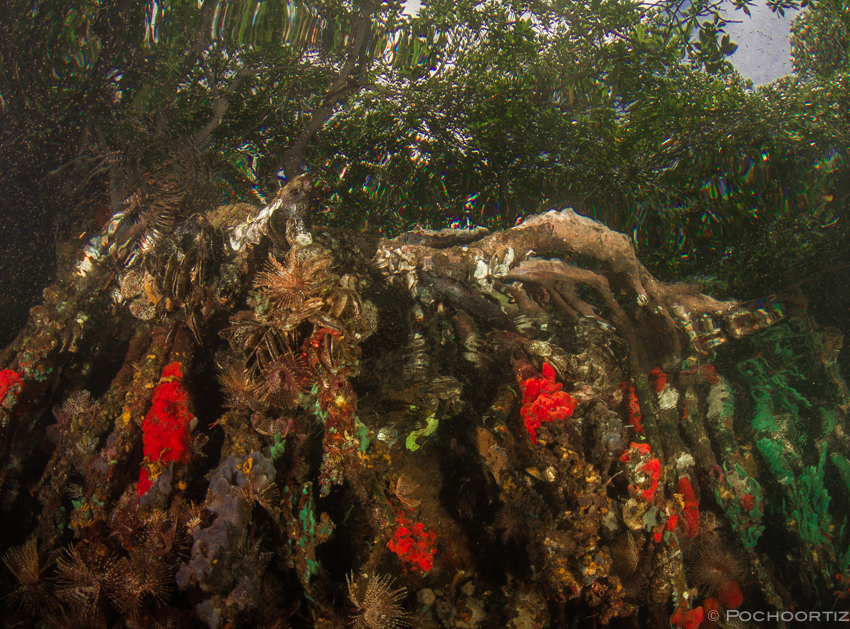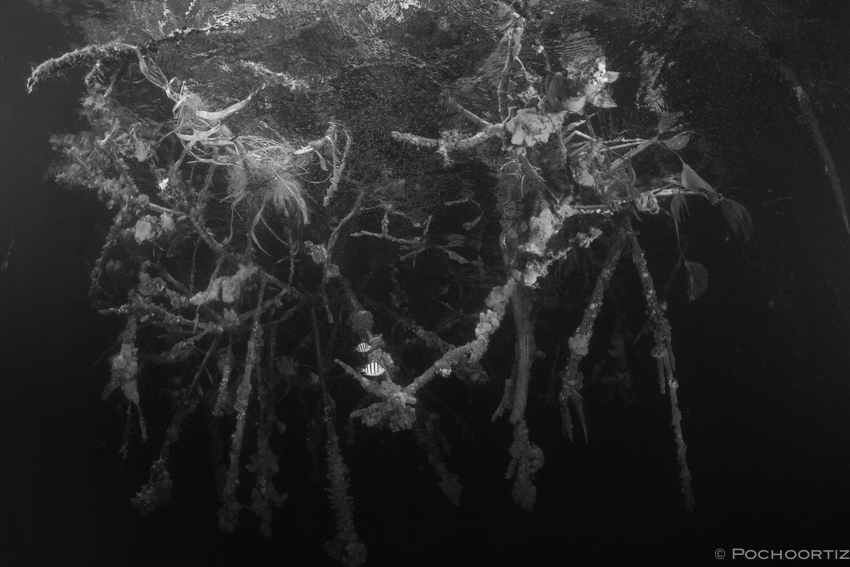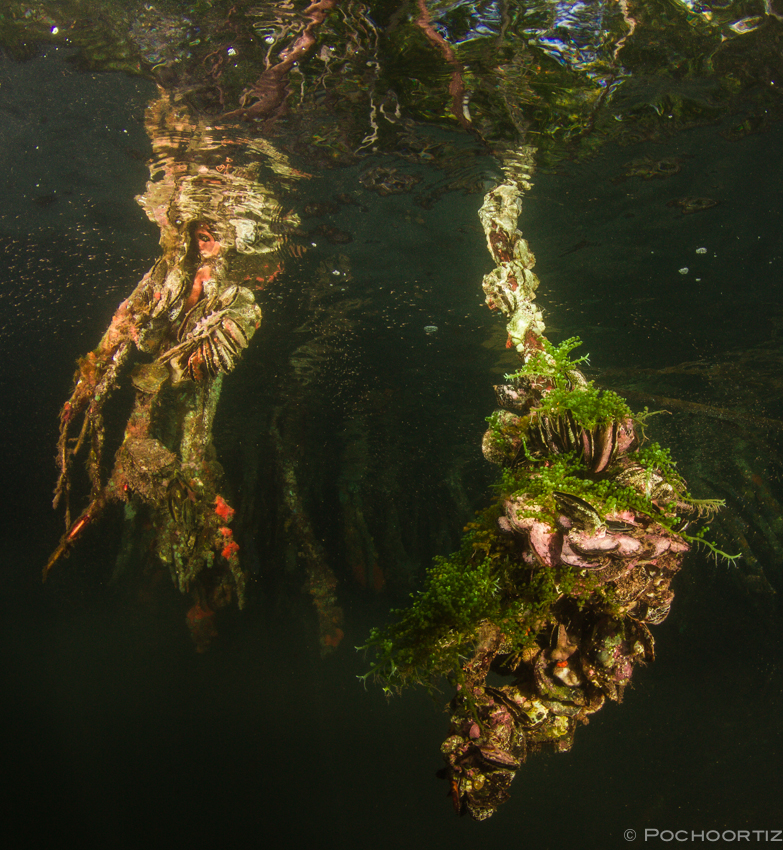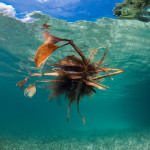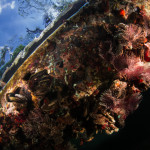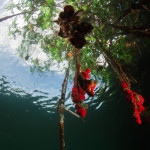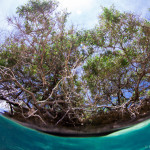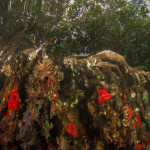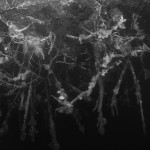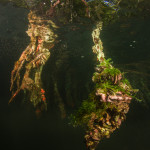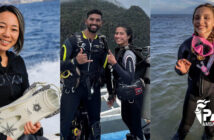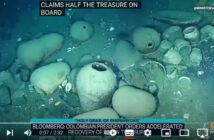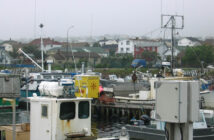Last September 2013 I was invited by a marine biologists team, to explore beautiful area of Islas del Rosario and Baru Island, 45 minutes from Cartagena Colombia.
Cartagena de Indias is a city on the northern coast of Colombia – South Americ, in the Caribbean Coast Region and capital of Bolívar Department.
It is the fifth-largest city in Colombia and the second largest in the region, after Barranquilla.
It has an international airport and some cruises include this city in their packages as one of the best destinies in the Caribbean.
The climate of the region is warm, more or less between 25-35 degrees (Celsius) / 77-95 degrees (Fahrenheit) in average temperature and high humidity. We can expect rainy days between May and November. October is the wettest month of the year.
From Cartagena to Baru, you can take a boat or ground transportation. Both options have a 25 to 35 minutes route. In Baru you can find different lodging options.
Being in Baru you can enjoy beautiful beaches and lanscape, as well as friendly people. If you want to explore and get to know other places, you need to rent a boat and visit Islas del Rosario, which has great variety of places. Islas del Rosario can be reached too, taking a boat from Cartagena directly, instead on going first to Baru.
Islas del Rosario is a park that has an extension of 120.000 ha, from the line of the highest tide to the beryl of the 50 meters of depth, it extends from the underwater platform and the coral reefs west from the Island of Baru, the reefs of the archipelagos of Nuestra Señora del Rosario and San Bernardo and the underwater platform in between, as well as the Tesoro, Rosario, Mucura and Maravilla islands.
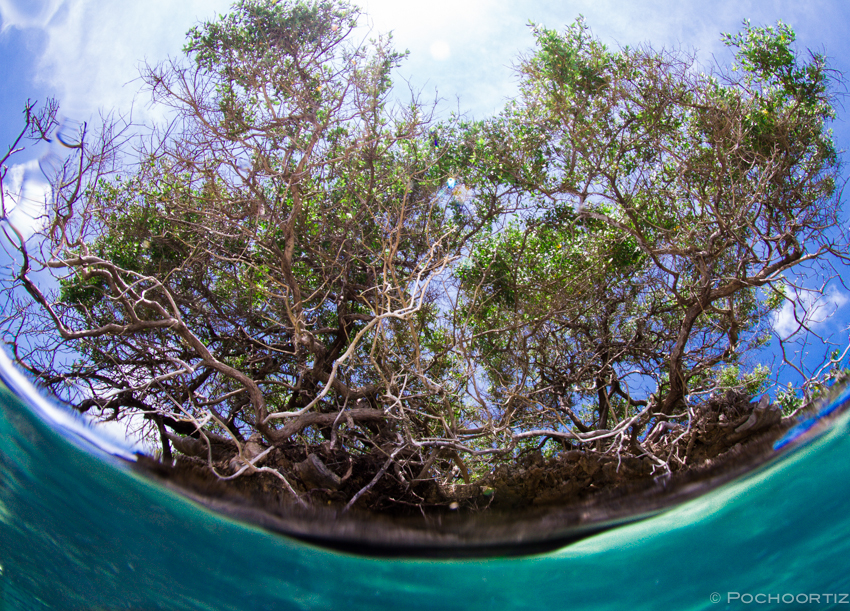
Picture 4: These roots and invertebrates are important lining for larval and juvenile fish and other marine organisms
This area was declared Natural National Park due to the necessity to preserve and protect the coral reefs and the associated ecosystems, such as the sea grass and mangroves, and the numerous species of seaweed and animals that inhabit them.
For our expedition, we focused on a place called Laguna Encantada, which is rich in marine mangrove. You can just snorkel in this place because the background is quite muddy and the maximum depth is more or less about 5 to 8 meters / 16 to 26 feet. If you want to get nice images, you need to be very quiet, patience and make slow and smooth movements.
In this place you can find sea sponges, mollusks and algae associated with submerged mangrove roots (pics. # 3,5,6,7). These roots and invertebrates are important lining for larval and juvenile fish and other marine organisms (pics. # 4,5). The network of mangrove roots acts as a nursery for early life stages of many organisms.
Likewise, we can see “Water bushings” (pic. #1)decaying, floating on a seagrass meadow. Often this vegetation of freshwater marshes is thrown into the sea by rivers and reaches the coral formations.
Finally, one of my favorite images (pic. #2), shows sessile invertebrate organisms associated with the bottom of a spring (pier). We can appreciate mollusks, sponges, polychaetes and ascidians, among others.
It was amazing to realize how much biodiversity there is in a place like this.
These images are a prove of that fantasy and great place.
If you need any information about this región in Colombia, please contact me for any advice and/or suggestion.
- Picture 1: Water Bushings
- Picture 2: sessile invertebrate organisms associated with the bottom of a spring
- Picture 3: sea sponges, mollusks and algae associated with submerged mangrove roots
- Picture 4: These roots and invertebrates are important lining for larval and juvenile fish and other marine organisms
- Picture 5: sea sponges, mollusks and algae associated with submerged mangrove roots
- Picture 6: sea sponges, mollusks and algae associated with submerged mangrove roots
- Picture 7: sea sponges, mollusks and algae associated with submerged mangrove roots




